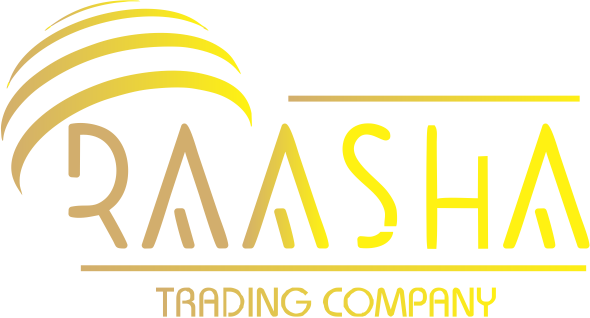Clearance
Clearance is the process by which imported or exported goods are withdrawn from customs. This process involves various legal and administrative procedures performed by the owner of the goods or his legal representative.
The clearance steps are:
* Receiving Commodity Information: At this stage, the necessary information about the commodity, such as its type, quantity, value, and origin, is collected.
* Commodity Classification: The classification of goods means what tax category and customs laws the goods fall into.
* Issuing customs declaration: Customs declaration is a document that provides customs with the necessary information about the goods and the owner of the goods.
* Payment of customs duties and duties: Customs duties and duties are fees that must be paid for importing or exporting goods.
* Receiving the necessary permits: Some goods require certain permits for import or export.
* Delivery of goods to the owner of the goods: After the legal and administrative procedures are performed, the goods are delivered to the owner of the goods. Clearance is a complex and time-consuming process that requires sufficient knowledge and experience. Therefore, many commodity owners prefer to do so to a customs clearance. Customs clearance is a person who is familiar with customs laws and regulations and can carry out the clearance process correctly and quickly. Clearance is of great importance because without this process, the goods cannot be removed from customs and enter the business cycle.
